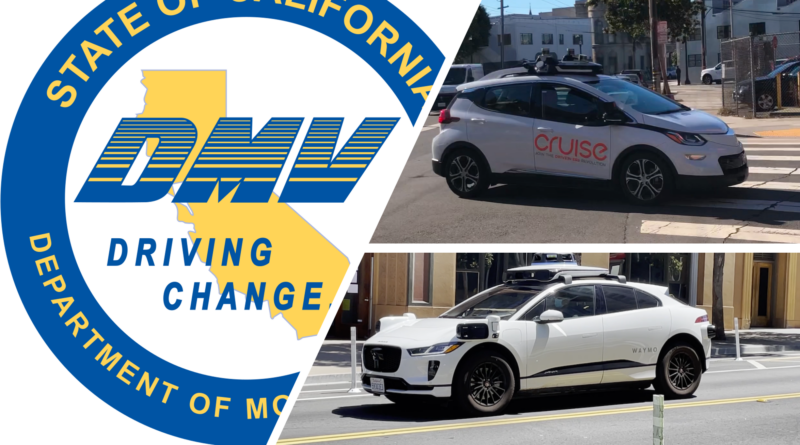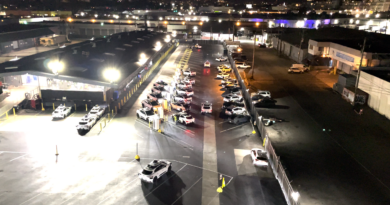New Reporting Requirements for Autonomous Vehicles in California
California has had transparent and ever-evolving regulations and requirements for autonomous car developers for years. Among other things, the state’s transportation agency dictates when and what reports must be delivered. The best known are the Disengagement Reports, which are due once a year. I have followed these year by year since they were first released in 2015: 2015, 2016, 2017, 2018, 2019, 2020, 2021 and 2022.
With development progressing to the point where there are now two fleets of robot taxis in San Francisco – from Waymo and Cruise – carrying paying passengers, and the number of these vehicles skyrocketing, regulators now find themselves being asked to expand reporting requirements.
First up is a hearing scheduled for June 29, 2023, by the California Public Utility Commission (CPUC), which wants to lift previous restrictions on the number and areas of use of driverless robotaxis in San Francisco. The proposal lists reasons for Waymo and Cruise, respectively, to lift the restrictions, as well as already dismissing objections from the city of San Francisco, which wants to move more slowly. The most important reasons are that both manufacturers’ vehicles have so far proven to be extremely safe, with no serious incidents involving personal injury. Both manufacturers have already completed more than 2 million driverless miles (3.2 million kilometers) in the city.
In that wake, with the normalization of robotaxi fleets in California, the CPUC has also drafted new reporting requirements. For example, instead of the annual Disengagement Report, it is now to be published quarterly. Incidents involving autonomous cars are to be recorded in more detail, including lighting, weather, road conditions, etc. Those license holders already allowed to transport passengers driverless are to deliver monthly reports that include enumerated numbers of passengers, zip codes traveled and also hazardous conditions. Authorities and companies were also asked to submit requests for data collection and data availability for traffic control and traffic safety.
The exact details can be found in the draft.
This article was also published in German.


